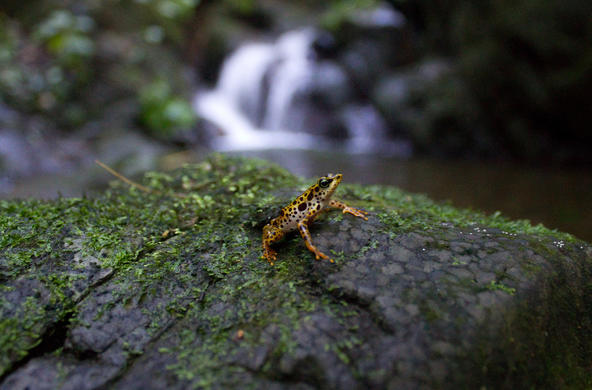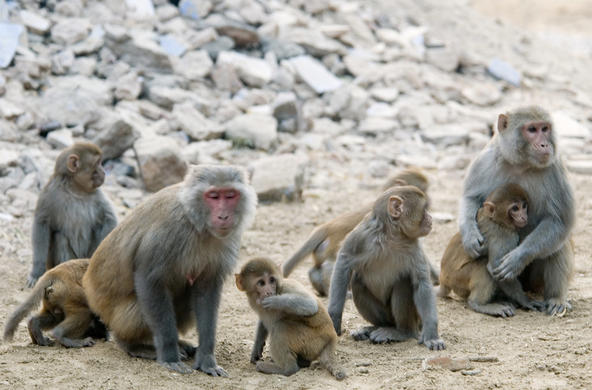As citizens light up barbecue grills, apply sunscreen and go swimming, the memory of the recent hard winter fades away. But this is the time of year when a different seasonal menace — West Nile virus — gains strength, and scientists are now realizing that animal and human activities during winter play a critical role in the persistence of this virus.
More New York City residents were afflicted by West Nile virus in 2010 than in any year since its appearance in 1999. That first year, infections were predominantly clustered in Queens, but last year's cases were found across the city. A little more than a decade after its arrival, West Nile virus is now endemic and reappears each spring in many northeastern cities. This means that the virus persists locally, even through the long winters.
West Nile virus depends on continuous transmission between certain species of birds and mosquitoes. A mosquito can acquire the virus if it bites an infected bird; infectious mosquitoes then pass it on to the next animal they bite. Humans are an accidental link in the viral chain. While we do fall ill from West Nile virus infections, unlike many of the birds in our backyards, we don't concentrate enough of the virus in our bloodstreams to re-infect mosquitoes.
Humans facilitate virus
One might expect that Northeastern winters would wipe out the mosquitoes that are an essential part of the West Nile virus cycle. When there is snow on the ground, we don't see many insects, and it's easy to assume that both mosquitoes and West Nile virus are absent from the landscape. However, our land-use patterns may have altered the environment in ways that facilitate virus persistence, even through winters like the one we just survived.
Buildings, parking garages, highway overpasses, garbage dumps, and suburban bird feeders are just a handful of the ways we have made the environment more amenable to the winter survival of non-migratory birds (the primary hosts of West Nile virus). Many of these birds spend much of the long winter months clustered together under bridges and in small forest remnants close to food resources.
Human activities that support high-density bird roosts can also support persistent West Nile virus activity through Northeastern winters. In one study conducted in Poughkeepsie during the winter of 2004-05, researchers found that American crows roosting at the east end of the Mid-Hudson Bridge were dying from West Nile virus even when winter temperatures were too cold for mosquito activity. In this example, crows likely transmitted West Nile virus among themselves through preening and fecal contact.
Mosquitoes have two primary modes of enduring cold winters, which may also play a role in the winter survival of West Nile virus. Many species overwinter as dormant eggs, laid on surfaces such as soil, plastic containers, or vegetation. Eggs hatch when the longer, wet days of spring arrive, and soon comes the first wave of biting mosquitoes.
Other species spend the winter as hibernating adults in burrows, basements and sewer tunnels. When temperatures rise — even briefly — these mosquitoes may go in search of food. And if they are infected with West Nile virus, they will pass it on to their next blood-meal victim.
Documented cases of West Nile virus infections circulating among wintering birds are sparse, and even in the Poughkeepsie example, only 12 percent of the nearly 100 dead crows tested positive for West Nile virus. Likewise, researchers can test thousands of wintering mosquitoes and generally find only up to 0.01 percent positive for West Nile virus.
As with many ecologically driven disease systems, the answer to "how many infected vectors is enough to reinitiate a spring epidemic" remains elusive. What we do know is that although West Nile virus epidemics do not occur in humans until late summer, they are predicted by the numbers of infected mosquitoes (and birds) seen in the spring, which is certainly a function of how many survive the winter.
Despite what seemed like a fierce winter this past year, temperatures were not particularly cold. That and a late, wet spring have contributed to the current plague of mosquitoes. Only time will tell if there are enough infected survivors to trigger another active West Nile virus season. But one thing is certain: as Northeastern winters become warmer, it will become increasingly important to monitor and control mosquito populations early and often.






